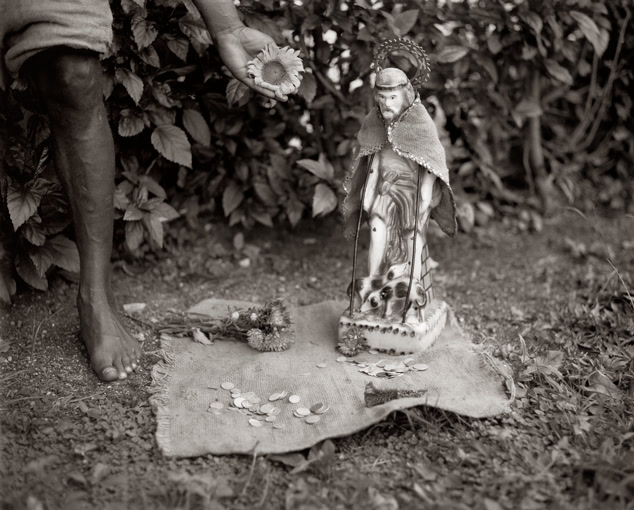5 July 2020
Dearest Fazal,
This morning felt like a hangover from the penumbral lunar eclipse casting its shadow on an already fraught Fourth of July. On the eve of Independence Day, a president called Trump stood at the podium, with Mount Rushmore as a backdrop, in front of a largely unmasked crowd of white supporters in the middle of a surge of Covid-19 cases. The throng’s ecstatic response was met earlier by roadblocks by the bodies of Sioux men and women saying this political party is trespassing on “stolen lands.” They were arrested by a militarized police force and sent to jails with inflated bails that would hold them behind bars.
In a bold and dismissive act of disrespect to all Indigenous People, the 45th president of the United States stood on Lakota Sacred Lands, and said, “We are the country of Andrew Jackson…” He might as well have called Jackson by his nicknames “Indian Killer” and “Sharp Knife,” this man who was the seventh president of the United States, who signed into law the Indian Removal Act of 1930—uprooting roughly 60,000 Native People from their home grounds and sending them on a “Trail of Tears,” a death march for the Cherokee, Muscogee, Seminole, Chickasaw, and Choctaw Nations, the path that led to cultural genocide.
And a few lines later in his dark and divisive speech, Donald Trump eluded to “the evil protesters,” debasing and mocking the uprisings surrounding the murder of George Floyd and the Black Lives Matter demonstrations. He informed his audience that any radical who takes down a statue of American heroes will be hunted down and “sent to prison for a minimum of ten years.” This “president” inflamed and ignited his own uncivil war of words by speaking in a code of cruelties.
It was revolting.
I stood outside in the eclipsed light of the moon and watched the shadows lengthen as the numinous light was reflected back on the desert as the face of the Full Moon returned. I could have read the Declaration of Independence by moonlight.
This morning I return to your second photograph: a small statue of a pilgrim saint adorned with a halo who is walking with what looks to be two hounds. The porcelain hand-painted figurine is suspended in motion atop a square pedestal maybe three by three inches square. The holy one is placed on an empty burlap sack where coins have been tossed and offerings made. A man whose face we cannot see leans in toward the saint and makes his own offering of a sunflower in hand. The man’s body is also hidden save for his left leg revealing the crumpled fabric of shorts above the knee and his bare foot that is facing us. The side of his toes are only an inch away from the frayed cloth on the cleared ground. A hedge of veined leaves mirrors the veins on the man’s leg—outstretched and attentive the shrubs bind both supplicant and saint together. You who stand close, are also a petitioner. Tell me, dear Fazal, as artists, who are we petitioning and what are we petitioning for?
As ever,
Terry
